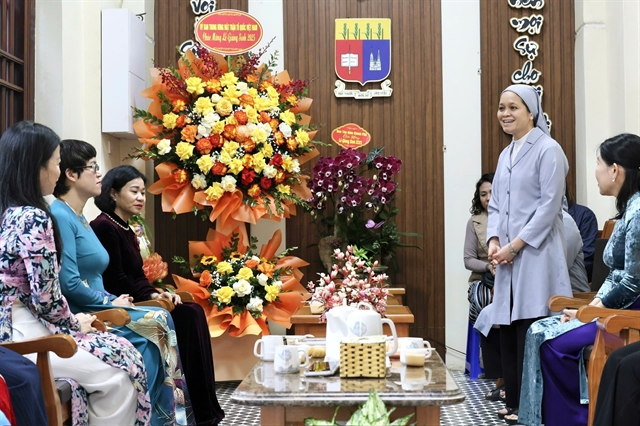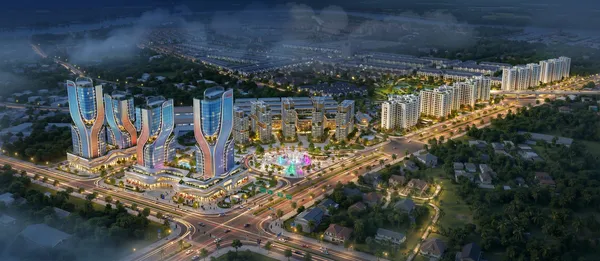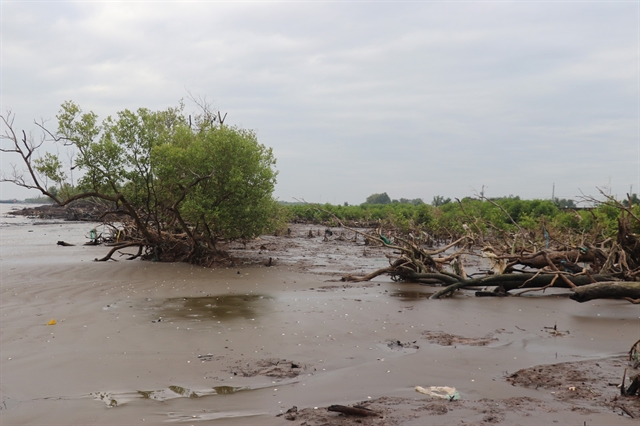 Environment
Environment

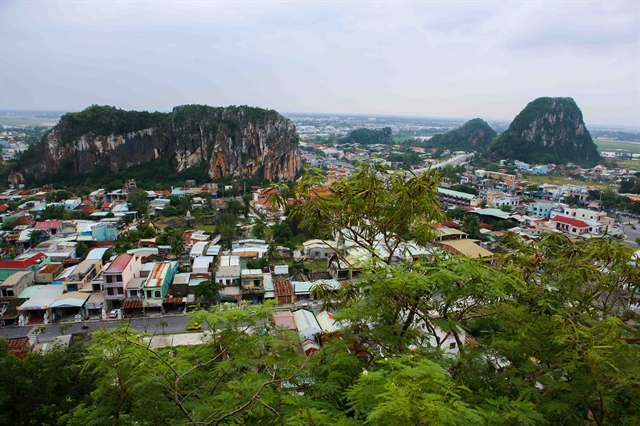
|
| A view of the Ngũ Hành Sơn (Marble Mountains) landscape site in Đà Nẵng. The central city will restore the site as a tourism attraction. VNS Photo Lê Lâm |
ĐÀ NẴNG — The Prime Minister has agreed to assign the central city’s people’s committee to the restoration of the Ngũ Hành Sơn (Marble Mountains) landscape site – a National Special Relic – in a decision released last week.
Director of the city’s Culture and Sports department, Huỳnh Văn Hùng said the destination, which was recognised as a National Special Relic by the Prime Minister in 2019, will be restored, covering a total area of 100ha, including the core 2.2sq.km zone and buffer zone as well as stone sculpture village.
He said the site will be improved under special protection, promoting the tangible and intangible heritage of the 400-year-old Non Nước stone sculpture village and craft community.
The Marble Mountains – which features five mountains by a pristine beach in Ngũ Hành Sơn District, 6km southeast of the city centre – was given the name Ngũ Hành Sơn by the 18th of King Minh Mạng under the Nguyễn Dynasty in 1837.
Kim Sơn Mountain, the largest of the Marble Mountains, hosts the annual Quán Thế Âm (Avalokitesvara Bodhisattva) Festival – one of the 15 largest events in Việt Nam – at the Đá and Quán Thế Âm pagodas.
The stone sculpture village still preserves a community of 2,000 craftspeople and sculptors, as well as shops.
The landscape – one of the most popular sites for tourists among the Đà Nẵng Museum, Chăm Sculpture Museum and Bà Nà Hills Mountain – attracts nearly 2 million tourists annually.
It’s also the second National Special Relic in the city after the Điện Hải Citadel.
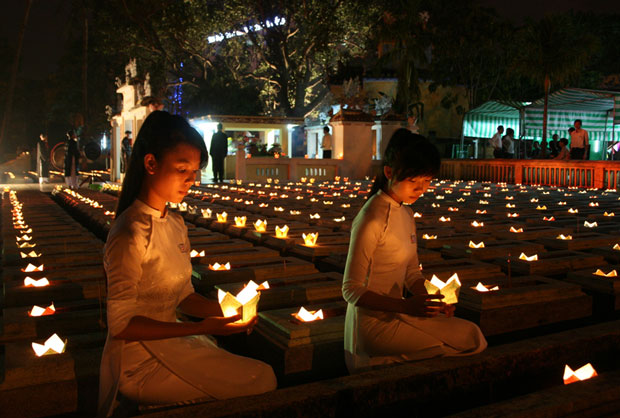
|
| Visitors pay tribute to martyrs at the Nghĩa Trủng Hòa Vang (the Hòa Vang Martyrs Cemetery) – a national historical relic – in Đà Nẵng. The city will expand and upgrade the site in 2020-21. Photo courtesy Đà Nẵng newspaper |
In a decision on Wednesday, the city’s people’s committee plans to expand the current Nghĩa Trủng Hòa Vang (the Hòa Vang Martyrs Cemetery) – a national historical relic – from 4,000sq.m to 6,000sq.m in Cẩm Lệ District.
The site will be restored and upgraded in 2020-21, Hùng said.
The cemetery is a resting place of 1,000 Vietnamese warriors who died during the 1858-60 battle against French-Spanish coalition forces in Đà Nẵng.
The city also preserves a graveyard of French-Spanish troops who were killed in the fight and a chapel near Tiên Sa Port.
According to the Đà Nẵng Museum, more than 4,300 Vietnamese civilians and soldiers were killed during the 1858-60 battle with the French-Spanish forces. — VNS

